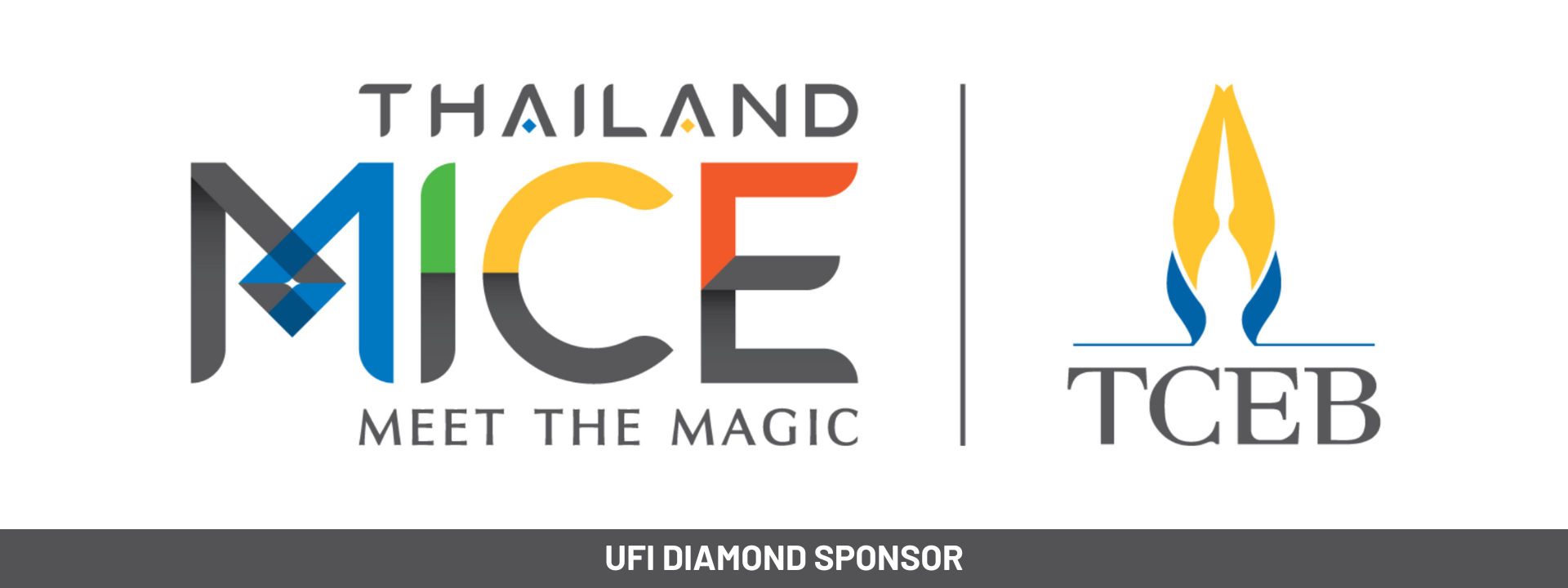 If the 84th UFI Global Congress in Johannesburg last month made one thing clear about Africa’s appeal to global exhibition organisers, it’s that while appetites may be whetted; work needs to be done to make much of the continent accessible.
If the 84th UFI Global Congress in Johannesburg last month made one thing clear about Africa’s appeal to global exhibition organisers, it’s that while appetites may be whetted; work needs to be done to make much of the continent accessible.
According to Carol Weaving, Chairperson of Association of African Exhibition Organisers (AAXO) and MD of Reed Exhibitions Africa, delegates were clearly investigating which African countries offered stability and room to grow their shows, the venues to house them and the industry sectors on which to focus.
“International organisers got a feel for the African market and environment, where relationships are key and things do not work the same as in the established economies many of them came from,” she told me after the event. “New market entrants need to understand the environment and have an appreciation for the local cultures, economies, markets and languages that make each country in Africa so unique.”
According to the World Bank, the continent’s largest economies Nigeria, South Africa, and Angola are seeing a rebound from the sharp slowdown of last year, but their recovery has been slow as a result of insufficient adjustment to lower commodity prices and policy uncertainty. In its Africa Competitiveness Report 2017: Addressing Africa’s Demographic Dividend, published together with the World Economic Forum and African Development Bank, fewer than one-quarter of the 450 million new jobs needed in Africa in the next 20 years will be created if current policies remain unchanged.
The report, which covers North Africa and Sub-Saharan Africa, claims further economic stagnation is likely “in the absence of improvements in the core conditions for competitiveness”.
Perhaps exhibitions and related business events, with their ability to foster competition, industrial growth and jobs can play their part. But to do this, organisers need some space to play.
I recall a conversation a few years back with Montgomery MD Damion Angus, who told me that Nigeria was at one time home to a 6,500sqm venue that he believed was the most expensive venue on the planet at the time. International-standard venue space comes at a premium on a continent where little of it exists, and whether it’s a matter of availability or price, international organisers face quite an obstacle to entry without the large venues to support them.
“While Africa may have a shortage of venues, it does have first-world facilities in certain areas,” Weaving said. “In addition, while scale may be difficult to achieve initially and returns are potentially low at the start of a new project, the market continues to mature and anyone can leverage the first mover advantage to truly cement their position in this dynamic and growing market.”
What is certain is that Africa has much to offer exhibition organisers, both to local economies and international guests and organisers. The key to success is to partner with industry bodies like AAXO and the convention bureaus that can assist them in gaining credibility in the market, training their staff and offering insights into the market place.






Leave A Comment